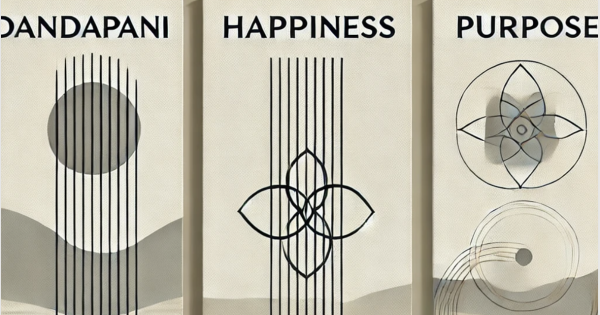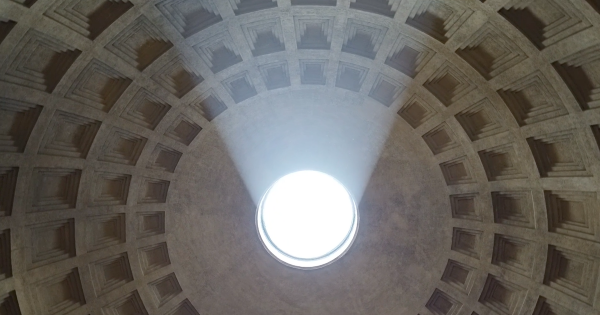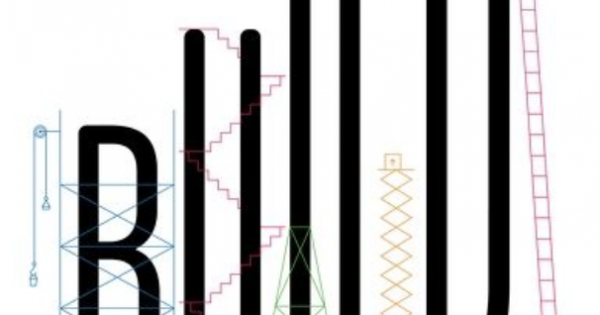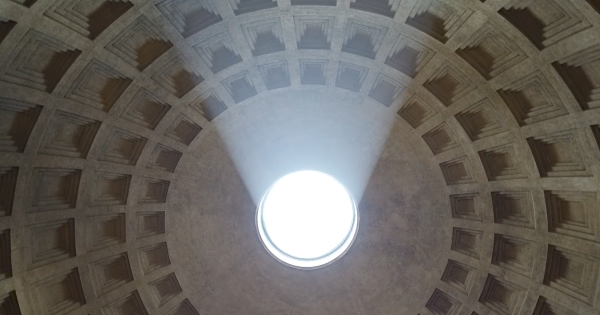
Building a personal operating system on top of a philosophy that has stood the test of time, and not just a few decades or centuries, but millennia has been my objective since the Spring of 2019.
My first line of code written for my Personal OS took place in a beautiful Yoga Shala on the island of Bali, known as The Practice. This is where and when I was introduced to Yoga as it was originally intended by the Himalayan masters more than 7000 years ago, all rooted in Samkyha philosophy.
Yoga belongs to one of the six systems (darshanas/reflections) of Himalayan and Indian philosophy. These darshanas help us to see the truth about who we ‘truly’ are and how the world works. Yoga’s origin stretches much further back to pre-“Indian” cultures. Yoga, literally means “to yoke”, and it can be best understood as the system that helps us to yoke ourselves with our bigger Self and the Absolute.
But, before jumping into Yoga, it is key to understand that the origin point for Yoga is with Samkhya Philosophy. In fact, Samkhya is the theoretical source of Yoga, Ayurveda, Tantra, and Vedanta. Samkhya was also codified as one of the six darshanas. Its real origins date back to 7000 B.C. It was officially systematized by the Sage Kapila around 700BC in both a dualistic and non-dualistic philosophy. Kapila understood that most people on earth were in need of the dualistic version, and they were in need of self empowerment.
Kapila’s teachings evolved over time, and forms of his teachings that you may be more familiar with include the teachings of Buddha that would spread out from the Himalayas about 100 years later in 600 BC, and about a half-millennia later when Patanjali created the Yoga Sutra circa 200 BC. This era would later become known as the Upanishadic Era. An era where the sages understood that everyone was in need of this incredible technology to thrive in the physical world and also connect into the Absolute. These great sages worked tirelessly to free this knowledge from more than two millennia of ordained study.
So let’s take a descent through consciousness according to Samkyha. In order to descend, we must start from the top and with the absolute, best understood as Isvara. (Note: the understanding of Isvara here is not tied to the more modern concepts of Isvra in Hinduism as it relates to “god”).
Isvara is the grand architect and also a limitless field of knowledge and energy, all at the same time. It is singularity and the absolute, much like the quantum understanding of the universe. Understanding Isvara is best achieved through experience, rather than through words.
As an energy, Isvara is the A-U-M vibration that manifests the universe at a specific frequency. Much like Nikola Tesla once said, “If you want to understand the secrets of the universe then you must think in terms of energy, frequency, and vibration.”
From the absolute, Isvara is divided into two forms; a state at rest and a state always in motion:
- PURUSHA is our pure, permanent, and unmanifest consciousness that is beyond space and time, it is the absolute. Purusha is our Self and the universe at rest and does not change
- PRAKRITI is both our creative potential and our ‘human nature’. We have unlimited power to manifest as true creators. It is the force that moves things from singularity into diversity. Prakriti is all the aspects of our human existence. Prakriti is our self in motion.
According to Samkyha, our source of unlimited potential gives birth to our Mahad, or the idea and mission that we will set out to accomplish during this existence. The Mahad is stored in our Buddhi mind and it is responsible for our soul aligned “ego” and “self” known as Ahamkara. It is this sense of “I am” that empowers us in the world to act. This is our original “ego” unaffected by life and its influences. The ego that has become tarnished by ‘life’ is known as “Asmita“, and its the ego ignorant of the source and our Mahad, and it is the ego we are most familiar with.
From our relentless need to be in motion, our Prakriti is made up three Gunas — Sattva (higher inteligence), Rajas (power of action and momentum), and Tamas ( brings density, darkness and delusion yet it is also the force responsible for materialization, manifestation, and groundedness ). The three Gunas are foundational to the “mind” aspect of Samkhya philosophy. Balancing our Gunas is essential to creating mental stability and ease, and a key element of our Yoga practice.
The Gunas open the doorway into our own energy and the forces of the universe, namely: Electromagnetism, Repulsion, Combustion, Covalence, and Gravity, then each of which is tied to a fundamental element, namely: Ether, Air, Fire, Water, and Earth. Each of which is connected to a deeper Chakra: Vishuda-Ether // Anahata-Air // Manipura-Fire // Swadisthana-Water // Muladhara-Earth
From these elements our Doshas are formulated at the physical level of our body – Vatta, Pitta, and Kapha. Each of which we can explore in more depth later on.
The descent of consciousness starts from the SOURCE (Isvara,Purusha, Prakriti, Mahad), passes down to the MIND (Ahamkara, Sattva, Rajas, Tamas), through ENERGY (Forces, Elements, Chakras), and to the BODY (Doshas, Body).
Samkyha philosophy allow us to take this framework and reverse engineer it to take us from body back to energy, to the mind, and ultimately back to source.
Yoga (as it was originally intended) is the practice that allows us to stabilize the body through Asana (Yoga postures) so that we can guide and harness our energy through Pranayama (breathing), and shape our mind through Meditation en route to the absolute.





